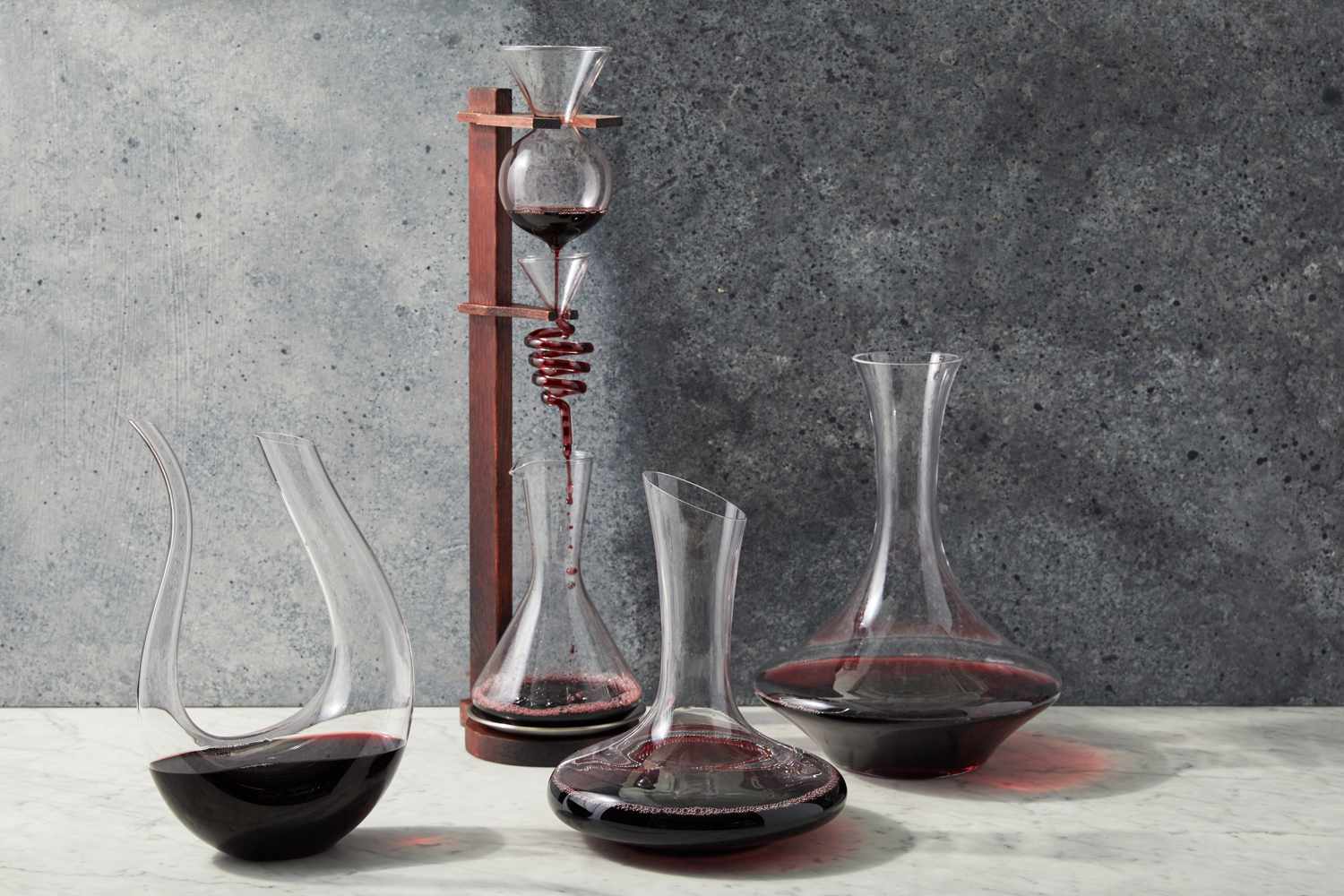A decanter is more than just an elegant glass vessel—it’s a wine lover’s secret weapon for transforming ordinary bottles into extraordinary experiences. This specialized container, traditionally crafted from glass or crystal, serves the dual purpose of separating wine from sediment while allowing it to breathe through aeration. Whether you’re serving a bold Cabernet Sauvignon or an aged Bordeaux, understanding when and how to use a decanter can dramatically enhance your wine’s flavor profile, soften harsh tannins, and unlock dormant aromas that have been waiting to emerge. From ancient Roman amphoras to modern crystal masterpieces, decanters have played a crucial role in wine service for centuries, making them an indispensable tool for anyone serious about maximizing their wine enjoyment experience.
Understanding What a Decanter Does
A decanter serves three primary functions that significantly improve your wine drinking experience. First, it separates wine from sediment that naturally forms in bottles over time, particularly in red wines and vintage ports. This sediment, while harmless, can create an unpleasant gritty texture and bitter taste that detracts from the wine’s intended flavor profile.
Second, decanting allows wine to undergo aeration—the process of introducing oxygen to enhance flavors and aromas. This “breathing” process softens harsh tannins in young wines and releases gases that have developed during bottle aging, allowing the wine’s true character to emerge. The wide base design of most wine decanters maximizes surface area exposure to air, facilitating optimal aeration.
Finally, decanters provide practical benefits, such as saving wine when corks break during opening by filtering out cork pieces through the decanting process.
Which Wines Benefit Most from Decanting

Not all wines require decanting, but certain types show dramatic improvement with this treatment. Young, tannic red wines particularly benefit from decanting, with some requiring up to four hours to fully soften their structure. Essential wines for decanting include Malbec, Shiraz, Cabernet Sauvignon, Bordeaux, and Burgundy.
The decanting time varies significantly based on wine age. Young wines under five years can handle longer aeration periods of one to two hours to develop their aromatic profile. Older wines between five to fifteen years need gentler treatment, requiring only 5-15 minutes to separate sediment while preserving delicate nuances. Very mature wines over fifteen years should be decanted immediately before serving with minimal air exposure to protect their fragile bouquet.
White wines and rosés can also benefit from brief decanting periods of 15-30 minutes to enhance richness and texture. However, sparkling wines like Champagne should never be decanted, as the process reduces their essential effervescence.
The Proper Decanting Process
Successful decanting requires patience and technique. Begin by storing horizontally-kept bottles upright for a full day before decanting to allow sediment to settle. Open the bottle carefully, then tilt it at no more than a 45-degree angle to prevent disturbing sediment.
Pour wine steadily into the decanter while watching for approaching sediment—using a light source can help identify particles. Stop pouring immediately if sediment approaches the bottle neck, allow it to settle, then resume. Leave approximately half an ounce of wine with the sediment in the original bottle.
Decanting can be performed up to four hours before serving, with minimal risk of over-decanting most wines. However, consume or recork decanted wine within 18 hours for optimal quality.


